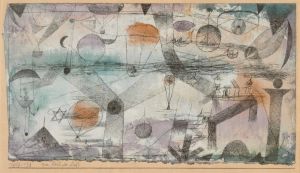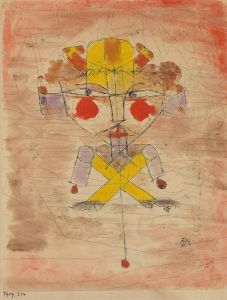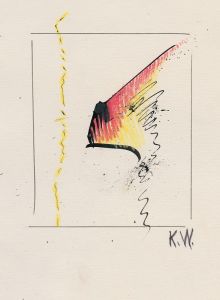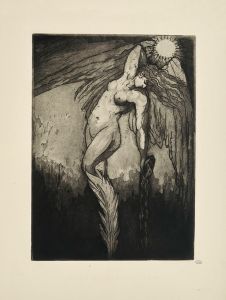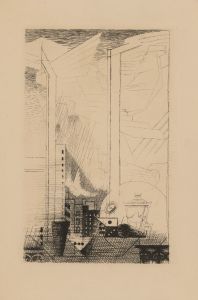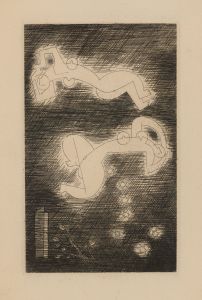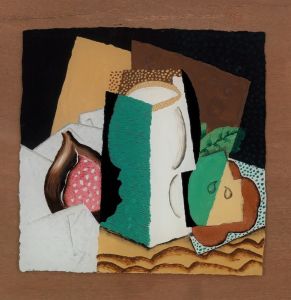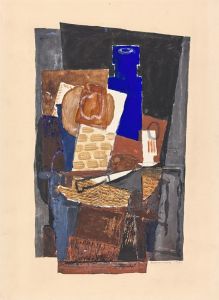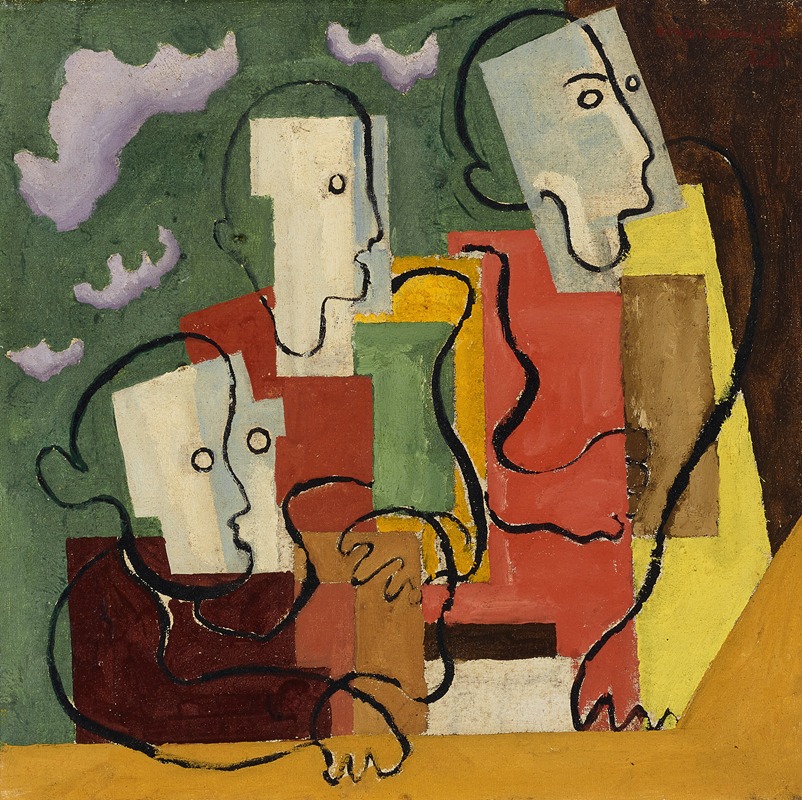
Trois personnages
A hand-painted replica of Louis Marcoussis’s masterpiece Trois personnages, meticulously crafted by professional artists to capture the true essence of the original. Each piece is created with museum-quality canvas and rare mineral pigments, carefully painted by experienced artists with delicate brushstrokes and rich, layered colors to perfectly recreate the texture of the original artwork. Unlike machine-printed reproductions, this hand-painted version brings the painting to life, infused with the artist’s emotions and skill in every stroke. Whether for personal collection or home decoration, it instantly elevates the artistic atmosphere of any space.
Louis Marcoussis, born Ludwik Kazimierz Wladyslaw Markus in Warsaw in 1878, was a prominent figure in the Cubist movement. He moved to Paris in 1903, where he became an integral part of the avant-garde art scene. Marcoussis initially studied law but soon shifted his focus to art, studying at the Académie Julian and later working under the influence of artists such as Jules Pascin and Jean-François Raffaëlli.
"Trois personnages" (Three Characters) is one of Marcoussis's notable works, created during the height of his involvement with Cubism. The painting exemplifies the Cubist style, characterized by fragmented forms and multiple perspectives. Marcoussis's work often incorporated elements of still life and portraiture, blending them into complex compositions that challenge the viewer's perception of space and form.
In "Trois personnages," Marcoussis employs a muted color palette, typical of the Cubist movement, which emphasizes the structural aspects of the composition over the use of vibrant colors. The three figures in the painting are depicted in a fragmented manner, with overlapping planes and geometric shapes that suggest their forms rather than explicitly defining them. This technique reflects the Cubist interest in depicting subjects from multiple viewpoints simultaneously, breaking down the traditional single-point perspective.
Marcoussis's approach to Cubism was influenced by his interactions with other leading artists of the time, including Pablo Picasso and Georges Braque. His work is distinguished by its meticulous attention to detail and the subtle interplay of light and shadow, which adds depth and complexity to the composition. "Trois personnages" is a testament to Marcoussis's skill in balancing abstraction with a sense of recognizable form, creating a dynamic and engaging visual experience.
Throughout his career, Marcoussis exhibited his work in various prestigious venues, including the Salon des Indépendants and the Salon d'Automne. His contributions to the Cubist movement were widely recognized, and he became a respected figure among his contemporaries. In addition to painting, Marcoussis also worked as an illustrator and printmaker, further showcasing his versatility as an artist.
"Trois personnages" remains an important example of Marcoussis's work and the broader Cubist movement. It reflects the innovative spirit of early 20th-century art, where traditional boundaries were continually being pushed and redefined. Marcoussis's ability to synthesize different influences and techniques into a cohesive and compelling composition highlights his significance in the history of modern art.
Louis Marcoussis continued to create and exhibit his work until his death in 1941. His legacy endures through his contributions to Cubism and his influence on subsequent generations of artists. "Trois personnages" stands as a testament to his artistic vision and the enduring impact of his work on the art world.






